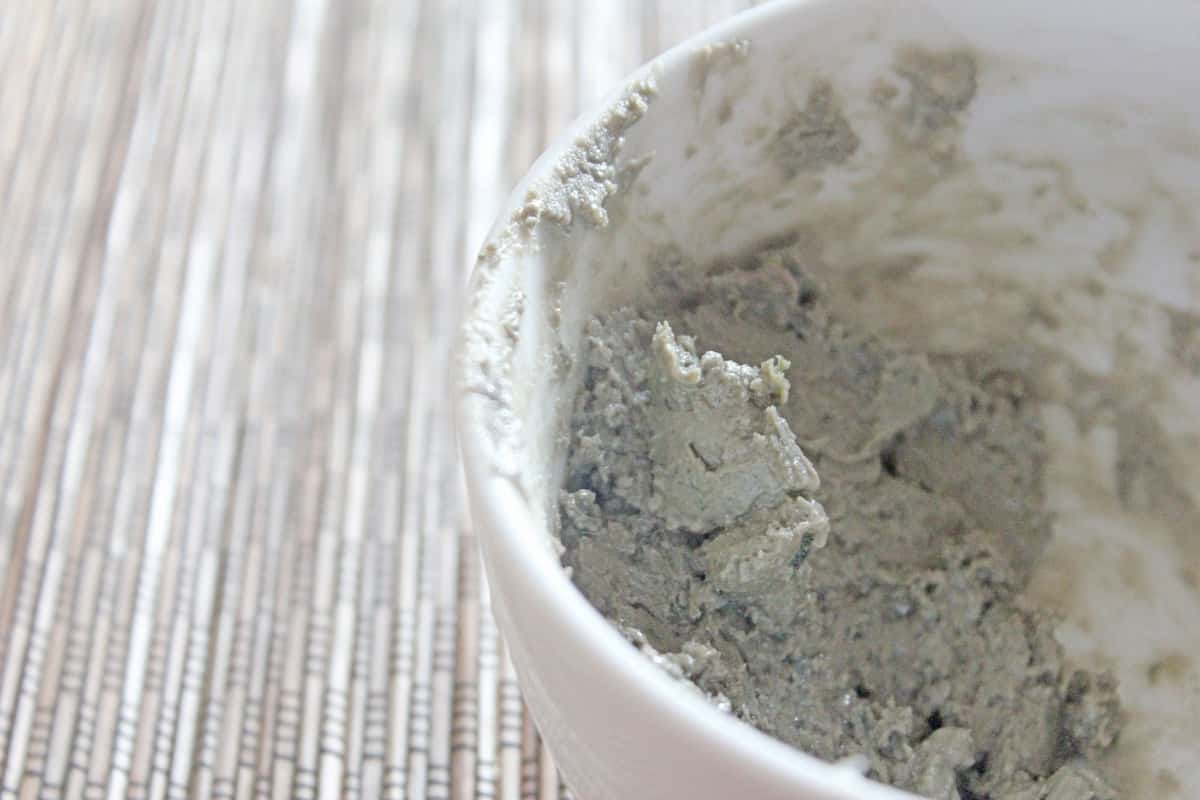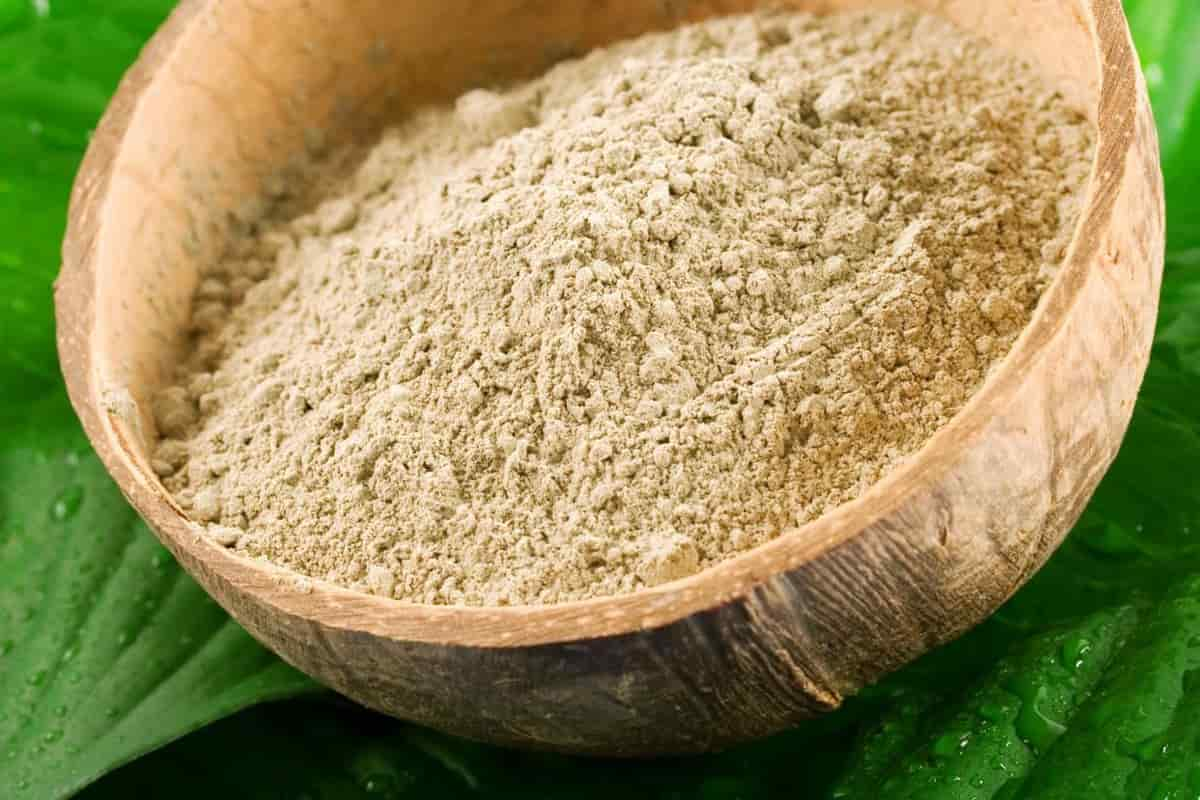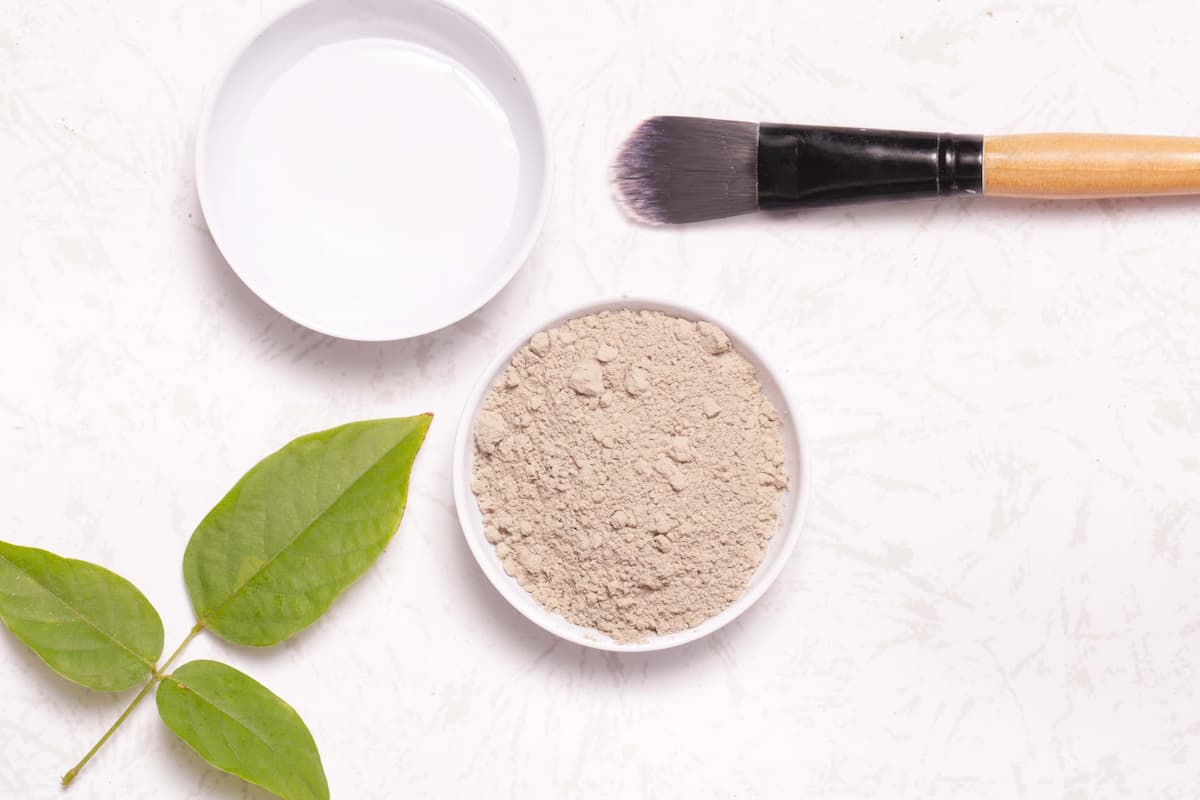Bentonite clay can pose some dangers or hazards for the skin when it contains lead more than its normal amount. Bentonite clay contains lead, as do foods you eat every day, such as Brussels sprouts and sweet potatoes. The lead content in bentonite clay is negligible compared to the common foods we eat every day. Bentonite and its derivatives may contain harmful bacteria and heavy metals such as lead, arsenic, and mercury. When searching for your recipes online, you may come across a clay recipe you can eat. Many people choose to eat homemade bentonite clay products, believing that this will flush out harmful toxins from the body. This claim has not been substantiated by scientific research, and we cannot stress enough that caution should be exercised. Before doing so, discuss the risks of eating clay with your doctor. There is news that bentonite clay can remove lead from toxins. However, this is the case in the case of leaded water. Bentonite clay removes lead from water by combining with water, but when you eat clay it has the opposite effect. When you eat clay, stomach acid pulls most of the lead out of the clay. Then it goes directly into your body. Bentonite can be used to remove lead, zinc, nickel, and cadmium from various materials such as sewage because it can bind to these types of heavy metals.

However, in the case of taking bentonite clay, it has more harmful side effects than appropriate side effects. At some point, when you eat clay, stomach acid pulls most of the lead out of the bentonite, absorbing it directly into your system. Therefore, a high intake of lead can directly lead to digestive problems with symptoms such as severe vomiting, blood and circulatory disturbances, and damage to the entire nervous system. According to a scientific review, there is no such thing as a safety threshold. Additionally, the World Health Organization has officially declared that "there are no known levels of lead exposure that are considered safe. There is no safe amount of lead for humans to carry around. This can seem daunting because people often don't know how much lead can be found in individual food groups. The best solution is to take precautions and avoid causing as much as possible. Research shows that one gram of bentonite clay contains about 37.5 micrograms of lead. Since the average oral dose of bentonite is typically 2 tablespoons (0.72 ounces or 20.4 grams), this means oral lead doses can be as high as 765 micrograms. To understand the unit of measurement, Mcg/g is equivalent to parts per million (ppm).

Most doctors do not recommend eating clay because it can block the intestines and cause unpleasant digestive problems. Studies conducted in the U.S. Food and Drug Administration (FDA) laboratories have shown that lead exposure can cause severe damage to the central nervous system, kidneys, and immune system. In children, chronic lead exposure, even at deficient levels, is associated with cognitive impairment, developmental delay, low IQ, hyperactivity, behavioral difficulties, and other serious problems. In general, overexposure to lead can cause vague symptoms such as fatigue, numbness, tingling, digestive problems, and joint pain. Recent and ongoing evidence suggests it may also be a cause of high blood pressure, heart disease, depression, kidney damage, anxiety, male and female infertility, and mental health problems. Healthcare professionals advise consumers to stop using these harmful substances as soon as possible, as they can have irreversible effects on their health and well-being. Adding water is said to activate the clay, making it negatively charged. The clay is still useful after it dries. Once it starts to clump, it's time to toss it in for a new batch. Clay proponents say that completely dry clay is not good for skin health. Hence, there is no need to leave the clay on the face after drying. It's worth noting that water isn't the only thing that can activate bentonite. Metals can also give it a negative charge. It is best not to store clay in or near metal containers.

bentonite clay for skin
Bentonite clay specifically calcium bentonite has several benefits for the skin. Clay treated with calcium bentonite, known as "Indian" or "Aztec" healing clay by some manufacturers, is often referred to as the world's most powerful facial treatment. Clay is negatively charged and is said to absorb positively charged toxins from the skin. Clay helps control the production of certain oils on the skin, which makes it beneficial for acne-prone people. You can use this clay to customize a homemade mask. This healing clay is made from natural calcium bentonite, a porous rock that is mined all over the world, including in several states in the United States. Bentonite clay is made from pozzolana, which is soft and easy to grind into a powder. The powder can then be used to make a clay mask. With no added ingredients, it is the easiest skin care product available. There are multiple claims about the benefits of bentonite clay for skin care products, some backed by research and others with little or no evidence. Below, we've listed common beliefs about what bentonite clay can do for your skin, and what science says about them. Proponents claim that what makes bentonite unique - and the driving force behind many of its skin benefits - is its magnetic properties. When mixed with water, bentonite clay produces a negative charge, which can then be used to flush positively charged toxins from the skin. In this way, dead skin cells and other pollutants are said to be removed from the pores. While we could not find a definitive study that explored the ability of bentonite to absorb toxins from the skin, we found studies that support the claim that bentonite has a negative surface charge that can be used to attract or absorb other substances. Anyone can guess how much it can be absorbed by the skin. Excess sebum - an oily secretion produced by the sebaceous glands - can lead to and exacerbate acne. Bentonite clay has been reported to absorb lipids and help control its production, thus preventing breakage. Studies from the early 1980s to the mid-1980s attempted to measure the amount of sebum secreted by human skin. The researchers used bentonite clay to absorb the fat before the measurement. Although the same study did not measure the ability of bentonite to absorb fat, it did show that clay is useful for this purpose.

Many people use a bentonite clay mask to exfoliate dead skin cells. Like other clay masks, a bentonite clay mask hardens as it dries. The dead skin cells are said to stick to the dry mud and shed when you wash off the mask. In general, clay and clay masks are less abrasive than other skin products available. Assuming that bentonite clay exfoliates as promised, it stands to reason that it can make your skin smoother. Bentonite clay also contains silica (silicon dioxide), a mineral that promotes collagen growth and strengthens the skin, and improves its elasticity, with the added benefit of making it smoother. As mentioned above, silica promotes collagen production. This improved elasticity helps fight fine lines and wrinkles in the skin. The results may not be as dramatic as a facelift, but regular use of a bentonite clay mask may make some noticeable difference. Exfoliation can also make the skin more even. When dead skin cells build up on your face and pores, they can make your skin look blotchy or give you a pale complexion. Removing these skin cells will give you a new look again. Some proponents of bentonite face masks claim that the mask increases blood circulation in the face. In theory, the mask shrinks the skin as it tightens, boosting blood flow to the area. However, we found no evidence that this has been clinically tested. This claim is particularly difficult to measure. When people say their skin is glowing, they usually mean it looks fresh and radiant. Assuming the exfoliating and pore-cleansing properties of a bentonite clay mask are correct, your skin will look refreshed after using the mask. Bentonite clay is said to protect against bacteria, and there is some evidence that it is beneficial in wound healing. A 2006 study looked at the effects of bentonite clay on wound healing in mice. It was concluded that rats exposed to topical bentonite had fewer scabs and wound debris than rats not exposed. However, a recent study that also looked at mice determined that more research is needed. In any case, it is not recommended to use bentonite clay to treat any type of infection. Consult a dermatologist if you think you may have a skin infection. Bentonite clay is sometimes used to treat acne. Cleaning the pores and absorbing the excess sebum helps fight acne, so there may be.

bentonite clay dangers
Bentonite clay can present some dangers if you are overexposed to it. Sodium bentonite is a natural clay used in many different applications, from industrial sealants and cat litter to food and personal care products. Sodium bentonite is known as "thousands of clays" because of its versatility. Bentonite clay can absorb up to five times its weight in liquids, even charged particles in solution. Bentonite clay appears to be irritating to the lungs and eyes and may contain toxins, depending on its source. Safety tests conducted have shown bentonite to be a safe product, although testing has not been extensive. It is important to understand the purpose of bentonite so that it can be used safely. Manufacturers use dietary sodium bentonite to reduce turbidity in liquids like wine and vinegar. Winemakers also use it as a sealer for wine barrels. Sodium bentonite works by replacing sodium atoms with other molecules in the solution. This can lead to an increase in the sodium content of the filtered fluid. In dietary sodium bentonite, levels of impurities including toxic metals such as lead and mercury are controlled. However, the use of synthetic bentonite in food may pose risks to people who consume processed products of synthetic bentonite, which is much less refined Bentonite clay, as a powder, can present an aspiration hazard to unprotected users. Industrial workers often get pneumonia from inhaling bentonite powder and its impurities. While bentonite itself does not have any carcinogenic effects, according to a material safety data sheet provided by bentonite supplier Reade Advanced Materials, impurities mixed with the powder do the most damage. Powdered bentonite has many applications from cat litter to animal feed, so its presence can be hard to escape. Bentonite powder may also be a skin and eye irritant according to the MSDS. When working with sodium bentonite, it is best to wear appropriate safety equipment to reduce the potential for injury.

bentonite dangers for skin
Bentonite has some benefits, but it can pose some dangers for the skin. Bentonite clay is a common ingredient in many personal care products, including makeup, facial cleansers, and masks. In 2003, the International Journal of Toxicology published a report concluding that other substances used in cosmetics with sodium bentonite are as safe as those currently used in cosmetics. However, they did point out one thing that underscored their concern about the same inhalation risk posed by bentonite powder. Using bentonite clay as a liquid mask in cosmetics reduces the risk of inhalation. Some masks are packaged dry and consumers simply add water. In this case, consumers should be careful when mixing the mask with water, lest they kick and inhale the bentonite clay. Bentonite clay contains small amounts of lead, compared to levels found in some of the foods we eat every day, such as Brussels sprouts and sweet potatoes. When you look for bentonite clay recipes, you may find that you can eat them. Many people choose to eat homemade bentonite products, believing that the clay will remove harmful toxins. This claim has not been proven by scientific research and we cannot speak about the level of risk. Before doing so, discuss the risks of taking clay with your doctor.

When you buy therapeutic bentonite clay, you are most likely to get a bowl of bentonite powder. In the same initial state, the powder does not spread easily on your face. First, you need to turn it into a mask by adding water. The addition of water is said to activate the clay and inject a negative charge. Its effects come when it dries on the face. Clay proponents say that completely dry clay is not good for skin health. Therefore, there is no point in leaving the clay on the face after the mask has dried. Lead is found naturally in the Earth's crust and in many things we interact with every day. Historically, it's been used in makeup, paint, and other materials (in fact, hundreds of lipstick brands still have a higher percentage of lead than bentonite, but that's another post for another day)Do you know what else contains lead that you might consume every day? Lots of food.Foods on Earth (fruits, vegetables, nuts, etc.) contain trace amounts of lead. Animal foods that consume these plants also contain trace amounts of lead. Many unprocessed foods can contain up to 0.4 parts per million (parts per million) or more of lead.
